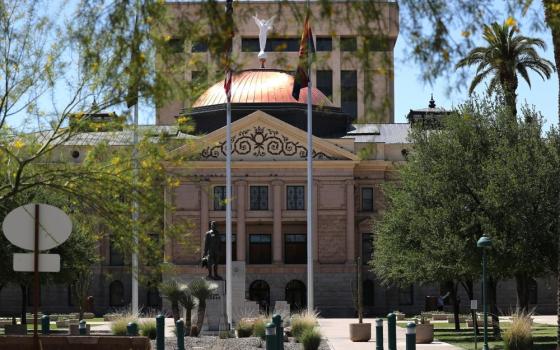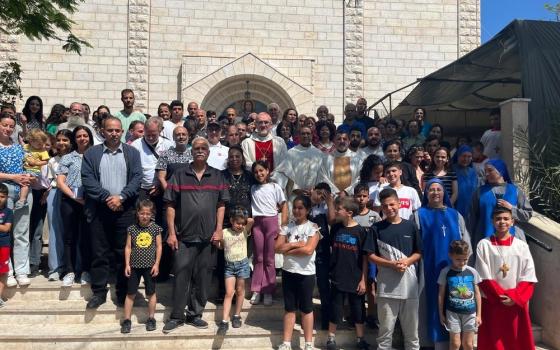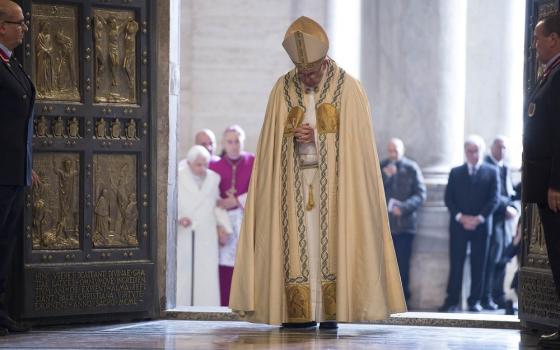With the third Gaza conflict in six years appearing to be at an end, it is important to take a close look at why previous ceasefires failed. The previous failures hold lessons that can be employed to avert a fourth Gaza conflict.
But first, how must we assess the outcome of this most recent conflict, one in which both Israel and Hamas claim to have been victors? To the contrary, a poll published Wednesday in the Israeli newspaper Haaretz, showed that 54 percent of Israelis believed there was no clear winner in the 50-day conflict.
Israel was neither able to disarm Hamas nor wipe out its rocket stocks, although that arsenal is much depleted; and most of its attack tunnels into Israel have been destroyed. Through its escalating use of massive firepower, Israel first targeted rocket sites and militants, then resorted to razing neighborhoods, and finally to destroying whole apartment towers.
The U.N. estimates the war destroyed or severely damaged 17,200 homes and left 100,000 Palestinians homeless, with considerable swaths of Gaza in rubble. This widespread death and devastation forced Hamas to accept the ceasefire lest it lose the support of the Palestinian people. But it also opened up both sides to international war crimes investigations.
Hamas rocket fire emptied a string of Israeli border communities, disrupted Tel Aviv's international airport, ruined Israel’s tourist season, and most critically brought the conflict home to all Israelis with no area safe from attack. Politically weak a few months ago, Hamas may emerge as a stronger player in Palestinian politics in a resuscitated Palestinian unity government.
Internationally, the plight of Gazans is again atop the world's concerns. Regionally however, the stony silence from Arab governments and minimal public protest in Arab countries showed that Hamas suffered “guilt by association” with the violent Islamist groups in Syria and Iraq.
The ceasefire agreement itself appears to accept several of Hamas’ demands: the opening of Israeli-controlled crossings with Gaza for humanitarian and strictly controlled reconstruction materials; an expansion of the fishing zone for Gaza's fishermen from three to six nautical miles; allowing Gaza exports to the West Bank, and allowing the Palestinian Authority to pay salaries to civil servants employed by Hamas in Gaza, with guarantees that none of the money goes to Hamas' military wing.
Unresolved were an opening of the border crossings to Egypt, Gaza's main gateway to the outside world; reopening of Gaza's air and seaports; Israel’s desire to see Hamas fully disarmed; a return of bodies of two Israeli soldiers killed in the war; and Hamas' demand that dozens of Hamas prisoners arrested in a West Bank crackdown over the summer be released.
The key to the success of this ceasefire conflict is implementation. The last ceasefire in 2012 provides valuable lessons. During the three months that followed that ceasefire only two mortar shells were fired from Gaza. Despite that, Israel balked at upholding its end of the deal. Its forces continued to make regular incursions into Gaza, firing at Palestinian farmers and fishermen.
The promised end of the closure never came. Crossings were repeatedly shut. So-called buffer zones on Palestinian agricultural lands were reinstated, exports were blocked, and few Gazans were given exit permits to Israel and the West Bank.
Planned indirect negotiations with Hamas over the implementation of the ceasefire were first repeatedly delayed, then cancelled. The lesson for Hamas was clear. Israel could easily disregard any agreement, even one brokered by the U.S. and Egypt.
For the new ceasefire to succeed, both sides need to honor their agreements. Only then can it serve as a first step towards broader political negotiations. There are obvious trouble spots.
For one, the agreement requires the involvement of the Palestinian Authority in monitoring the border crossings with Egypt and Israel. But Palestinian Authority involvement will mean Israeli acceptance of the Palestinian unity government of Hamas and the Palestinian Authority, a development Israel has heretofore opposed. It may also involve an international peacekeeping force, another development to which Israel has been averse.
The alternative is a fourth Gaza conflict which will likely result in a Third Intifada or uprising of Palestinians in all of the Occupied Territories. Such a revolt would be the final nail in the coffin of the two-state solution, dooming Palestinians and Israelis to more decades of conflict and death.
[Former America editor Jesuit Drew Christiansen is a distinguished professor at Georgetown University. Ra’fat Aldajani is a Palestinian American writer and political commentator.]




